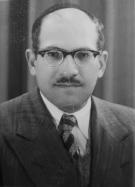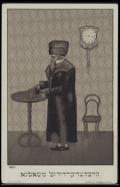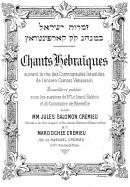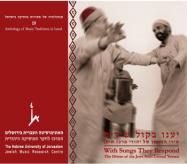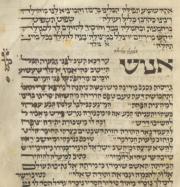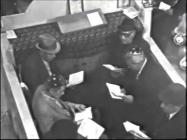(16 results found)
Yaakov Huri
… leaders of the Babylonian community who valued his modesty, precise cantorial art and generosity. His authentic … the West Bank. His command of three languages English, Arabic and Hebrew led him to this job in which he was highly … linguistic criteria. It separates between Judeo-Spanish, Arabic, Persian and other “minor” languages. Within these …
Tish-nigunim Ascribed to Yosl Tolner and the Aesthetics of the Genre
… of this lacuna, is the detailed description of musical modes, scales, and melodic patterns of nigunim from Galician … of a new Hasidic repertoire, an Israeli one, in which Arabic and Turkish tunes, new Yiddish theater melodies, … their cultural heritage contains traditional values and modes of expression that are transmitted from generation to …
A cantor’s pledge in the High Holyday’s Provençal liturgy (Minhag Carpentras)
… communities. They contain elements of original Jewish modes intermingled with French chants of the Middle Ages. … Meir Sulam and members of the Jewish community of Ghardaïa (Arabic: غرداية, in the Sahara in north central Algeria), was …
"Ayumah be-har hamor" (The Beloved on the mountain of myrrh)
… signed Alsbab[az] , containing six stanzas in Hebrew and Arabic alternately. The structure of each stanza is: four … (complete version, Scri- Tobi: 155-7). Three different modes of performance are illustrated here: solo, duet, and …
Niggun ‘Akedah: A Traditional Melody Concerning the Binding of Isaac
… medieval times, the Lamentations were sung in different modes, but after the Counter Reformation chanting the … be added, however, that general concept of the “Prayer Modes” as it appears in Idelsohn’s writings is highly … Tunisie ]. Lod: Orot Yahadut Ha-Magreb. (Hebrew and Judeo-Arabic) Haberman, Abraham Meir (ed.). 1971. Sefer …
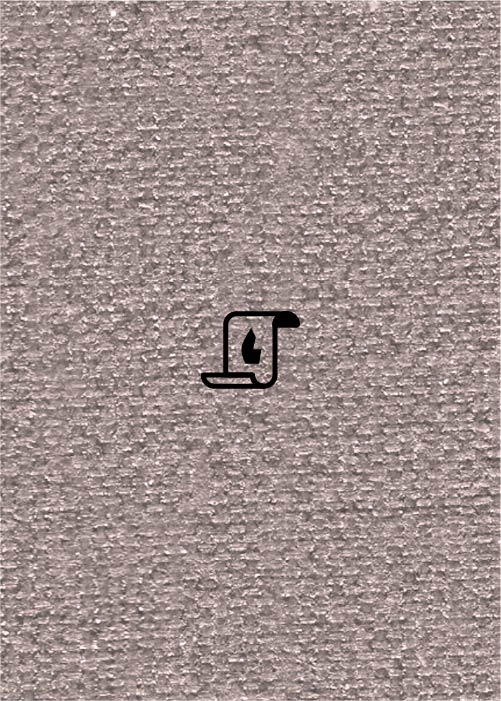
Paradigms of Arabic Modes in the Genizah Fragment Cambridge T.S. N.S. 90,4
… Genizah … Geniza … Egypt … Jewish History … Manuscripts … Modes … Arabic modes … Paradigms of Arabic Modes in the Genizah Fragment Cambridge T.S. N.S. …
The Jerusalem-Sephardic Tradition
… to 20 th centuries and developed under Turkish-Ottoman and Arabic musical influences. Contents The tradition of … these communities exiled from Spain was the use of the Arabic-Turkish modal system ( maqam ), a musical system that … Acta Musicologica , 1968. XL: 65-85. Kligman, Mark L. “Modes of Prayer: Arabic Maqamat in the Shabbat Morning …
Andalusian Nuba
… (Muslim Spain). This school was based on the classical Arabic music of Bagdad mixed with other traditions that were … Ziryab's school became the most influential stream of Arabic music in Muslim Spain. Schools that taught the music … is that Ziryab created 24 Nubat that were based on 24 modes (or musical scales) that are called Tabai'a (Tab'a in …
Hayrana Laih
… recognized as the first Arab composer to write an opera in Arabic ( Samson and Delilah ). He enriched Arab music by introducing new modes ( maqamat ) and rhythms of Persian and Turkish origin. … from Hayrana Laih , taking us from Egypt to Israel, from Arabic to Hebrew, from the secular space to the religious …
Baqqashah (Pl. Baqqashot)
… the piyyutim are arranged according to the maqamat (musical modes) in use in the court music of the Ottoman Empire … of Judeo-Spanish songs) and of the peoples of the region: Arabic, Turkish, Greek and Persian tunes. In Najara’s book, … in the headings of the piyyutim. The use of Turkish or Arabic maqamat and melodies of the surrounding musical …



